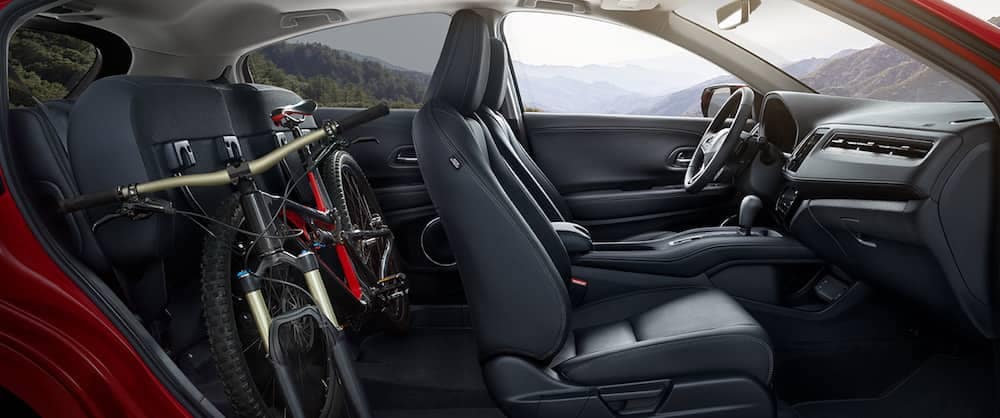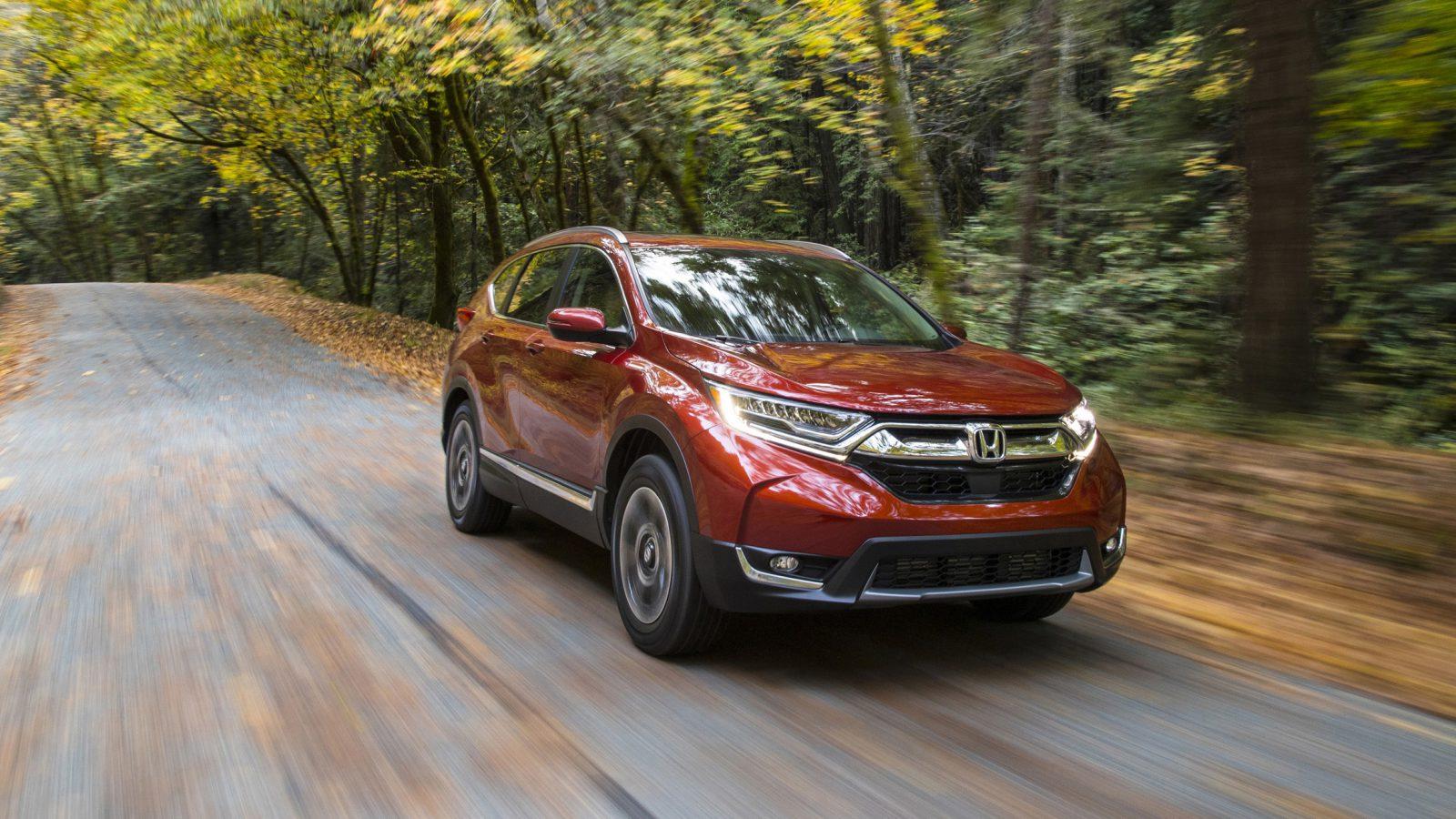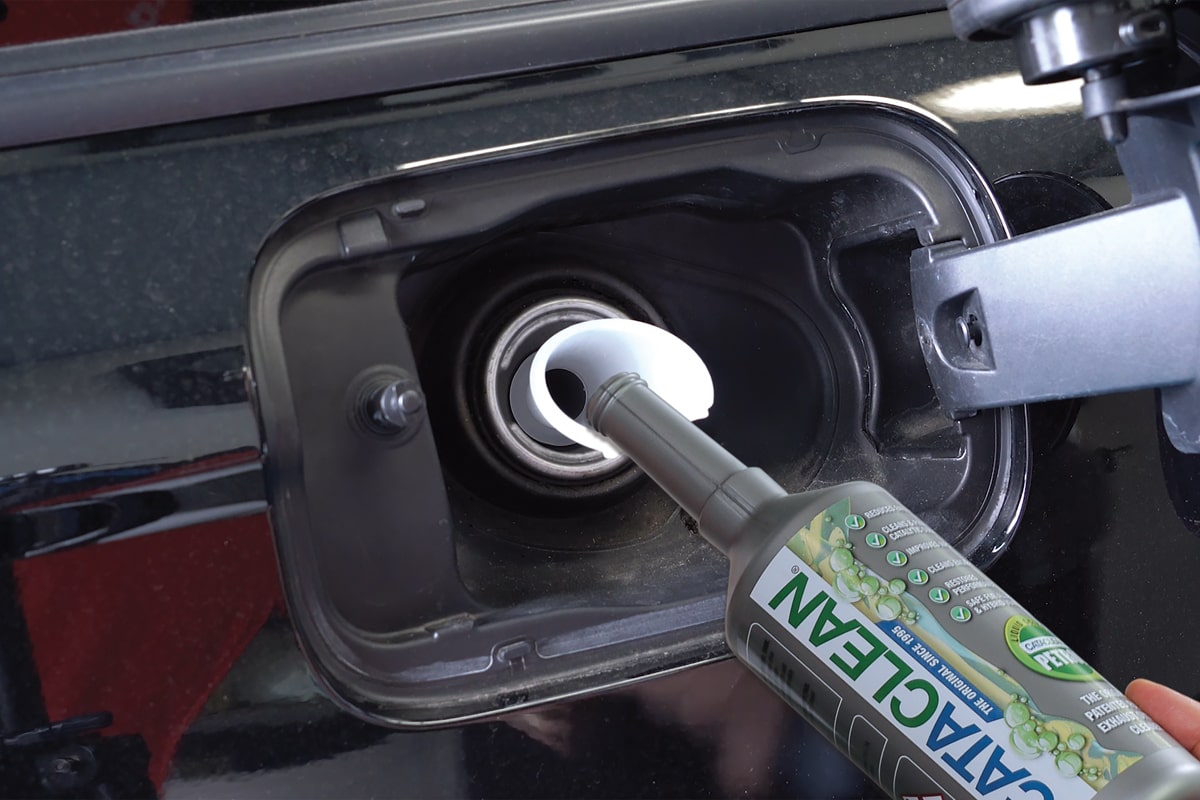Honda HR-V Vs CR-V: Which One Is the Perfect Crossover?
Choosing between Honda HR-V vs CR-V could be highly confusing because most people cannot tell apart a mid-size SUV from a compact crossover. They look very similar and don’t differ much in price points. However, they are different cars with different features targeted to different customers.
If you are not aware of the difference between Honda CR-V and HR-V, making the buying decision will be a daunting task. We’re going to compare Honda CR-V and HR-V so that you know what you are going to get.
Honda HR-V vs CR-V: A Comparison
Debuted in 1995, the CR-V is one of the best-selling cars in America. Currently in its 5th generation, the car has enjoyed high popularity across the years. Honda tried to capitalize on that success by introducing a smaller crossover HR-V in 1999. The car is currently in its second generation.
These two models overlap in some aspects but they are different cars with different features and marketed to different customer demographics. This comparison between Honda CR-V vs Honda HR-V will give you a better idea:
1. Exterior Design
Like most other Honda models, CR-V dons a sporty, spry look that appeals to young buyers. The LED headlights and grilles make the front side look quite busy and the rear side has L-shaped taillights.

SEE MORE
The HR-V took lots of design cues from the CR-V but smaller in dimensions. The front side has the youthful vibe that is so typical of Honda and the rear part features pointed taillights. The vertically-mounted rear door handles give the car a more energetic and modern look.
2. Interior And Cargo Space
CR-V has more interior space because it is a mid-size crossover while HR-V is a compact car. This one should be your choice if you often carry a large amount of cargo and use the backseat frequently.
With seating space for 5 people, the CR-V’s cargo volume is 39.2 cu-ft with the rear seat up and 75.8 cu-ft with it folded down. The HR-V has 24.3 cu-ft of cargo capacity with the rear seat up and 58.8 cu-ft with it down. However, HR-V has a unique feature called ‘Magic Seats’. You can flip the cushions of the backseats up to accommodate taller items. Such a feature was much needed for a small car like the HR-V.
3. Interior Features
There is not much difference between Honda HR-V vs CR-V when it comes to tech features. Both are entry-level cars that are equipped with basic features. The CR-V has Honda’s safety technology Honda Sensing and a standard 5-inch screen with Android Auto and Apple CarPlay. The higher trims have a 7-inch touchscreen and 6-speaker sound system.

On the other hand, the 2019 model of HR-V comes with Honda Sensing safety technology. A 5-inch screen, a 4-speaker stereo, Apple CarPlay, and Android Auto are the standard. The Sport trim comes with a 7-inch screen and a six-speaker audio system.
4. Engine Performance And Fuel Economy
Comparing Honda CR-V vs HR-V, the latter has a more powerful powertrain. It offers two engine choices: a 1.5L turbocharged 4-cylinder unit and a 2.4L four-cylinder unit. The latter one paired up with a CVT comes standard in all models. The FWD version goes 26 mpg in the city and 32 mpg on the highway (28 mpg combined). The AWD version slightly lags behind with 25 mpg in the city, 31 mpg on the highway, and 27 mpg combined. It produces 184 horsepower and 180 lb-ft of torque.
The 1.5L unit is optional that is available with a CVT. It generates 190 horsepower and 179 lb-ft of torque. The FWD version offers a mileage of 28 mpg in the city and 34 mpg on the highway (30 mpg combined). The AWD produces 27 mpg in the city and 33 mpg on the highway (29 mpg combined).

The HR-V comes with only one engine option: a 1.8L four-cylinder unit paired up with a CVT. A six-speed manual version with a FWD drivetrain was available, but the company discontinued it in Canada and the United States. The engine produces 141 horsepower and 127 lb-ft of torque. A turbo engine version has already been launched in Europe but yet to arrive in North America.
The fuel economy of HR-V is good considering that it is a small car. The FWD version produces 28 mpg in the city, 34 mpg on the highway, and 31 mpg combined. The AWD model runs 27 mpg in the city, 31 mpg on the highway, and 29 mpg combined.
Honda HR-V Vs CR-V: The Bottom Line
The Honda HR-V vs CR-V comparison makes it clear that the latter is a better choice. But, if you want a small car with decent power and efficiency, the HR-V is not a bad choice either.














